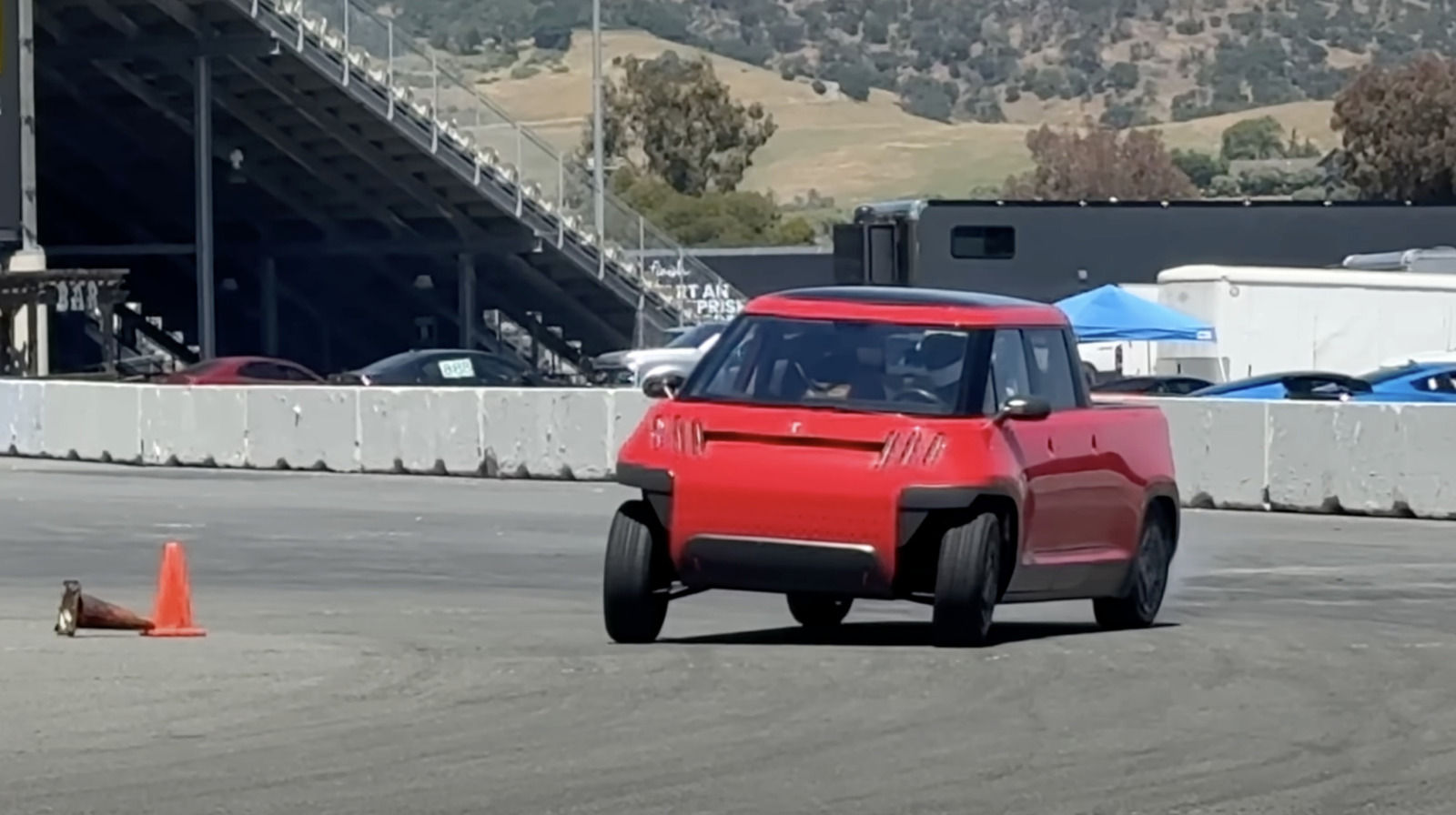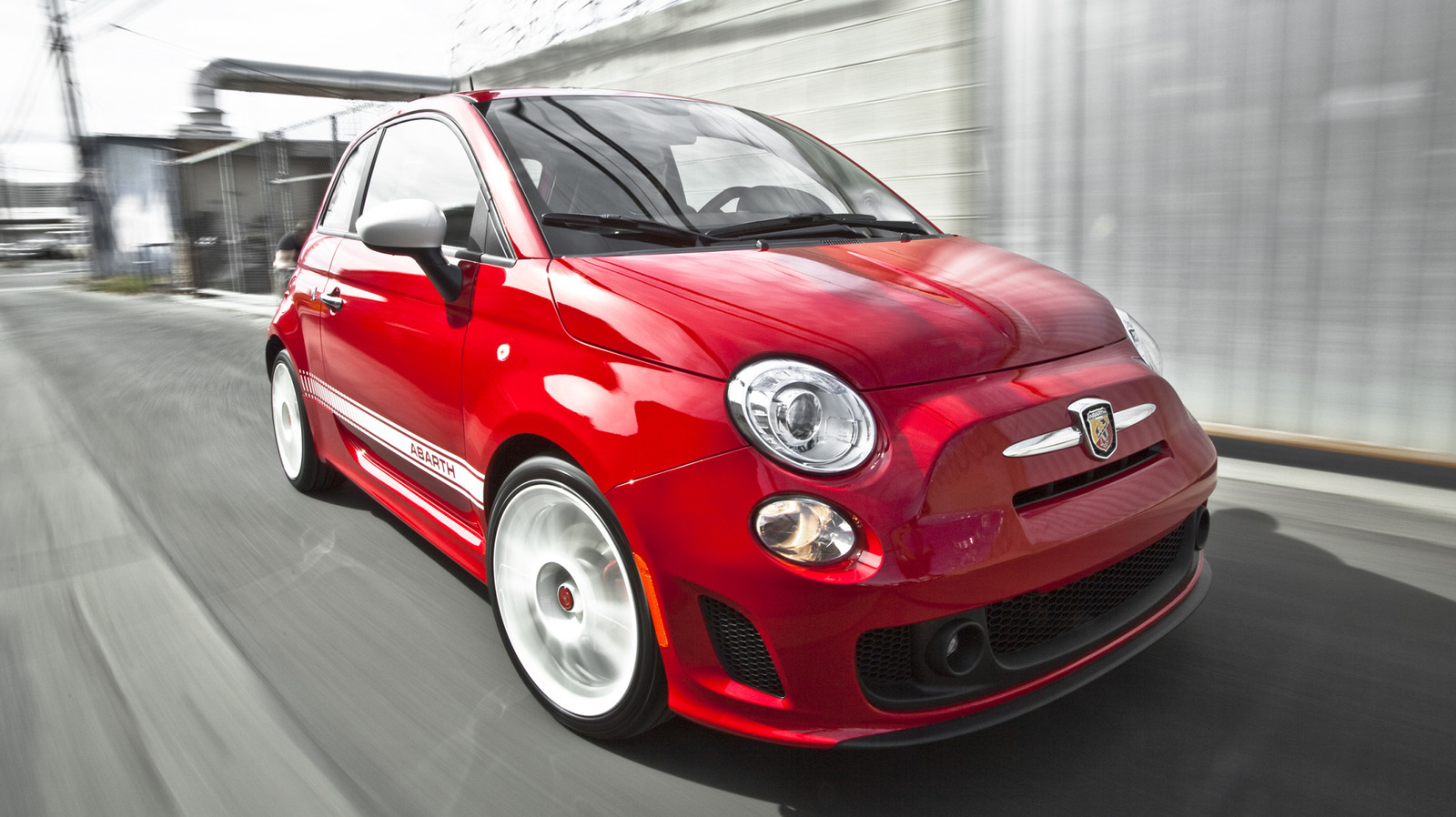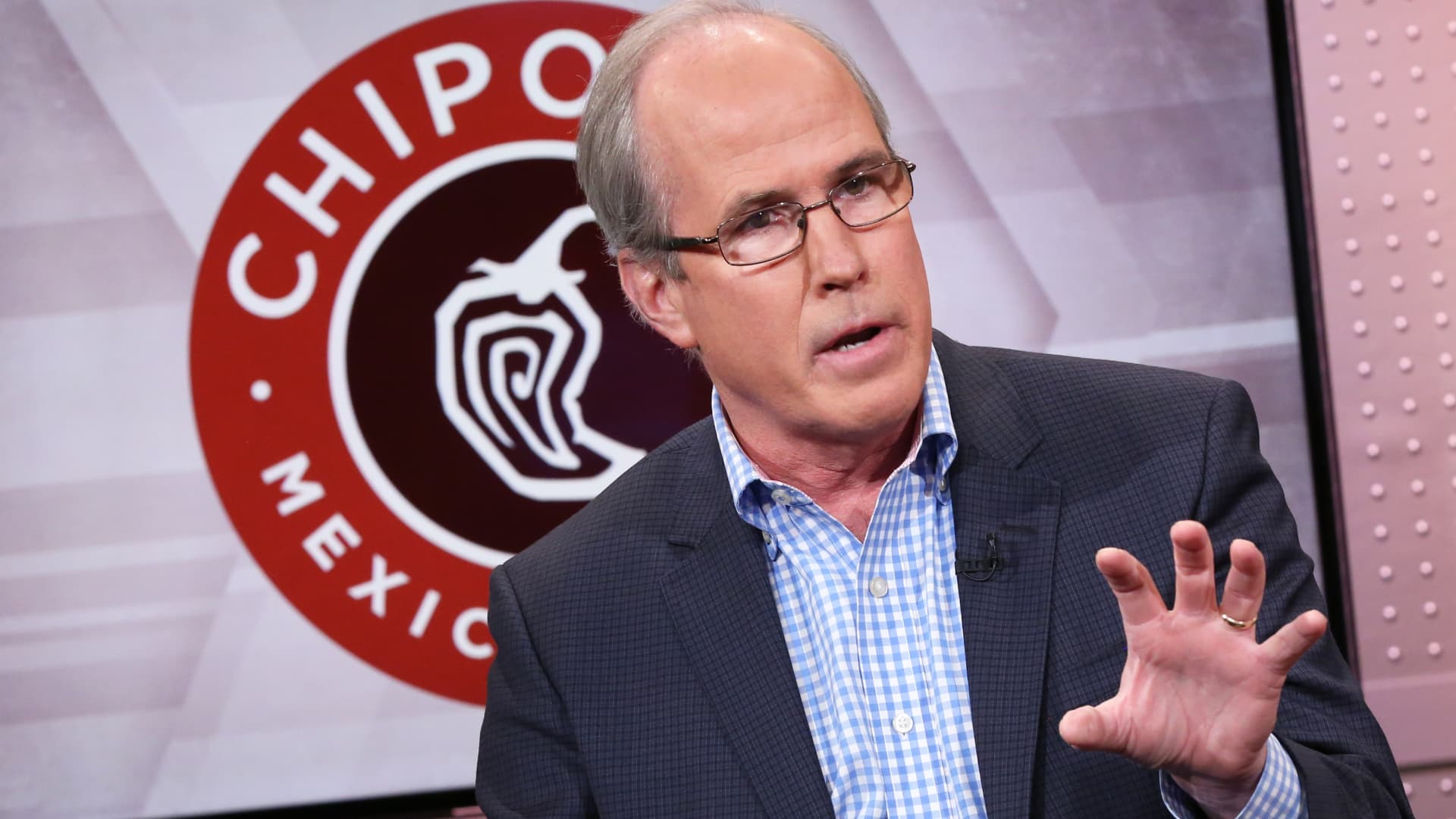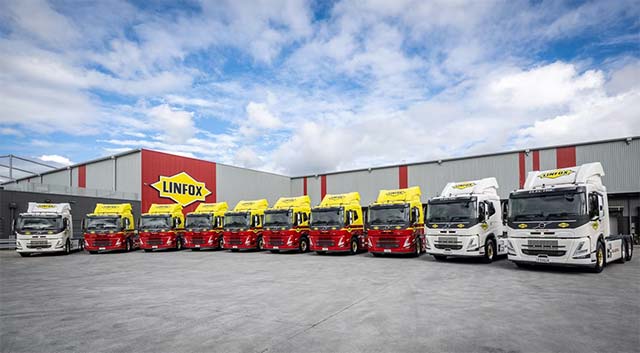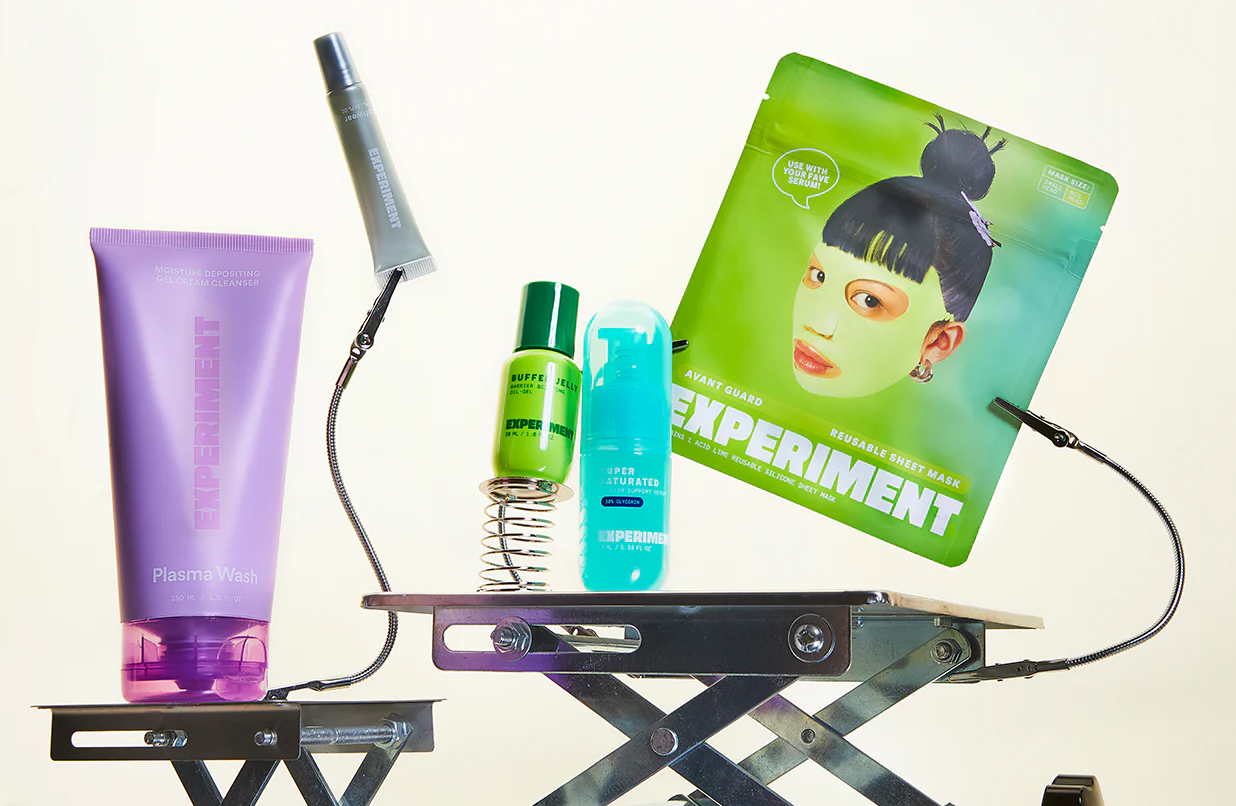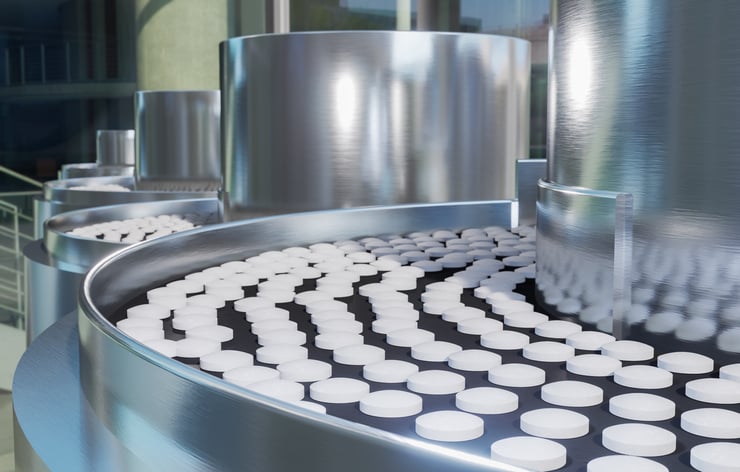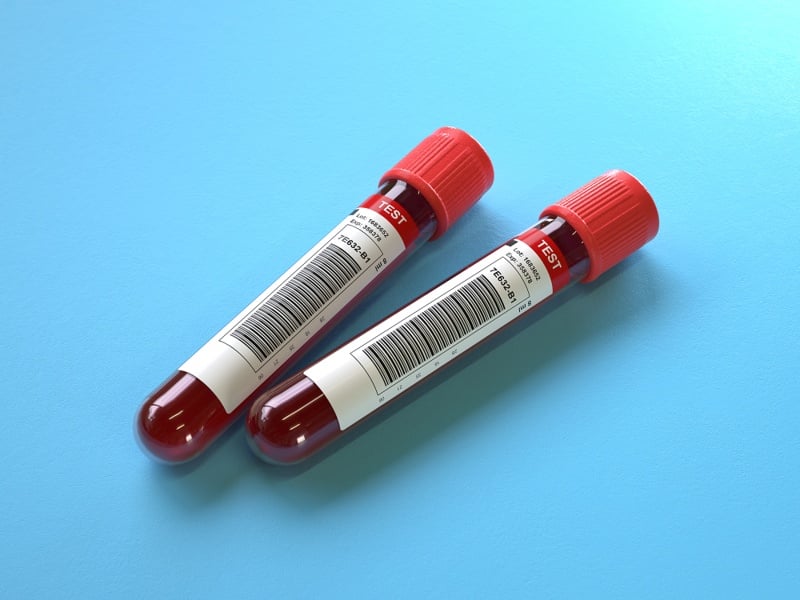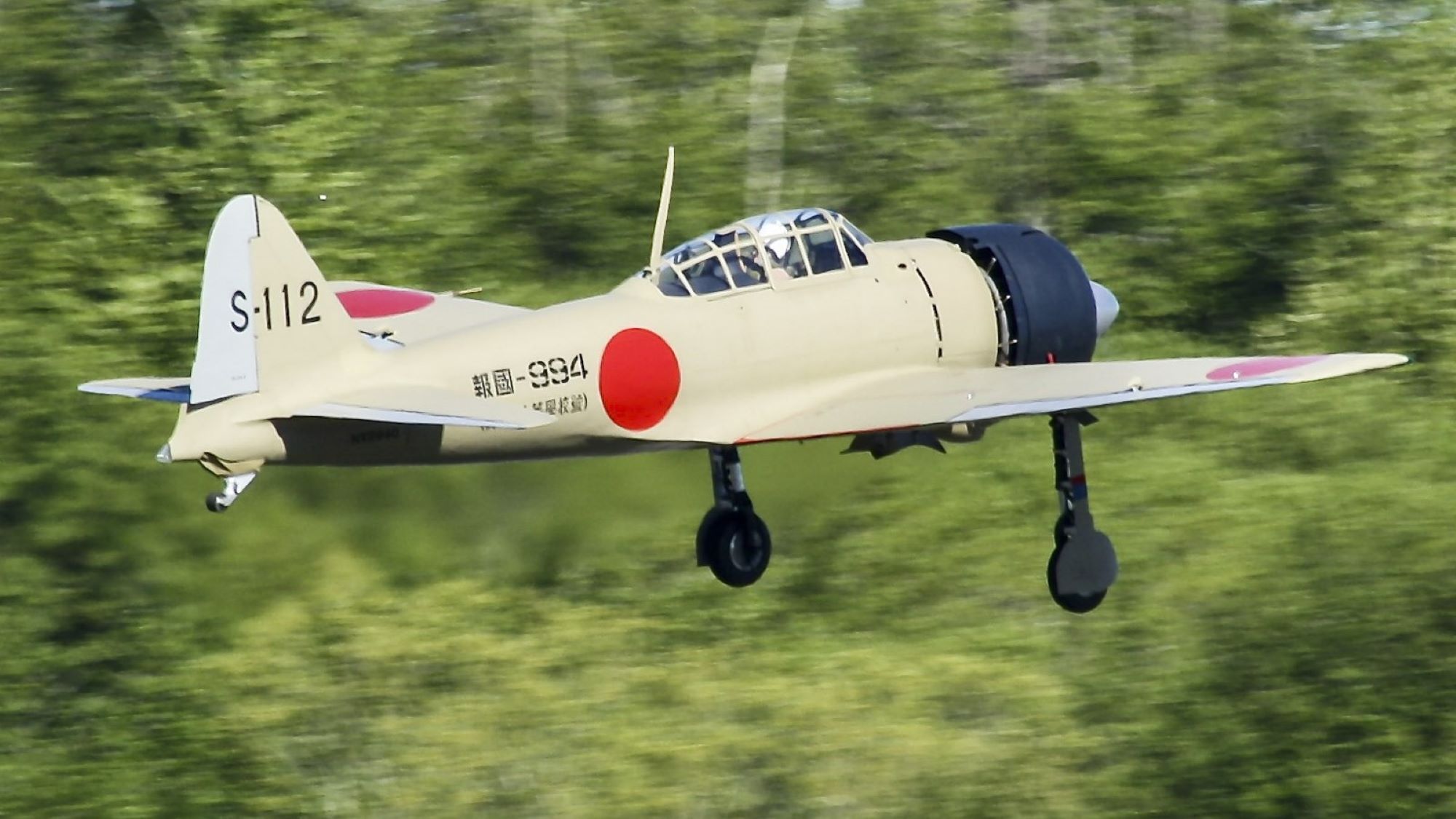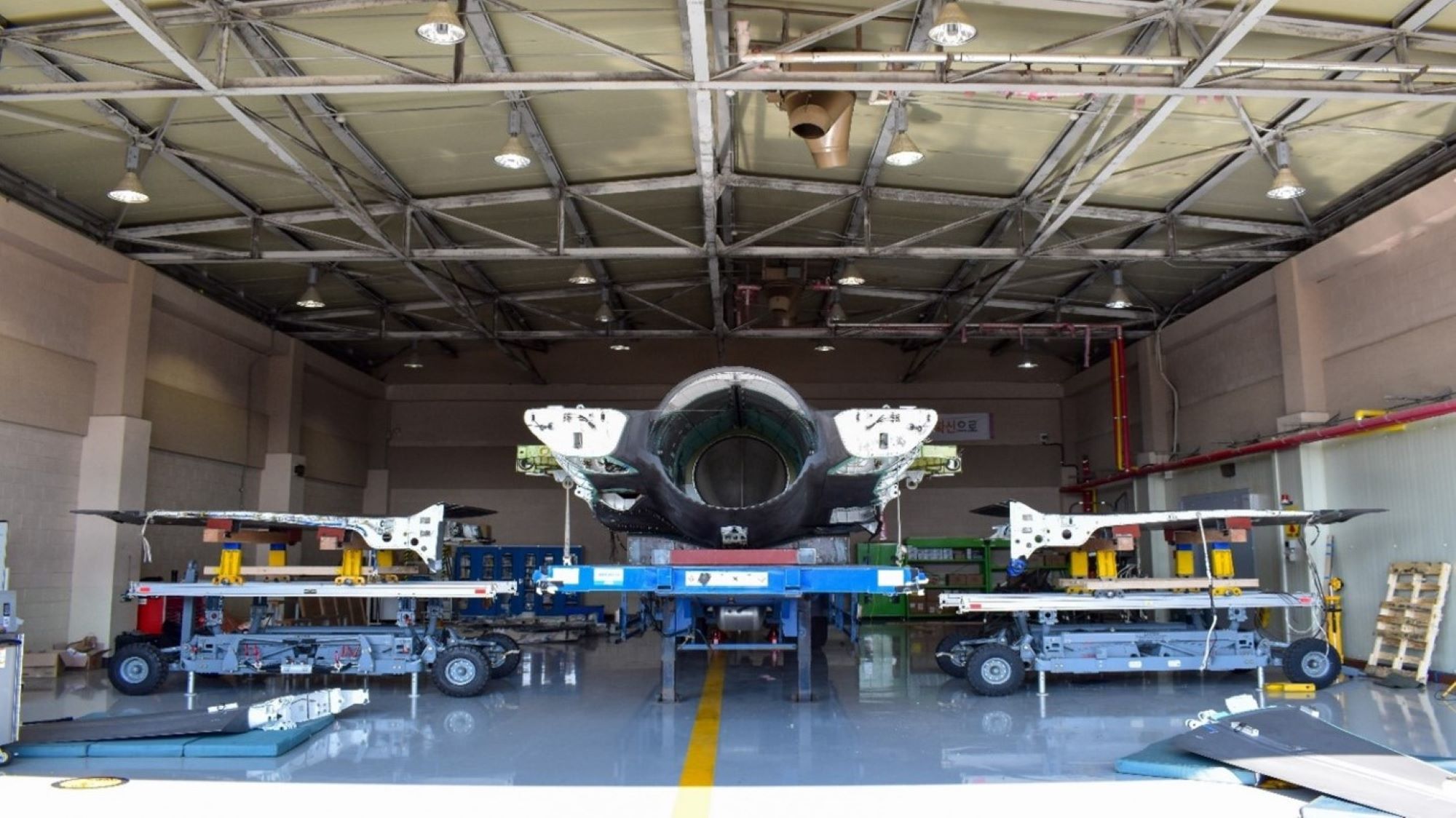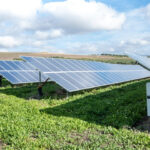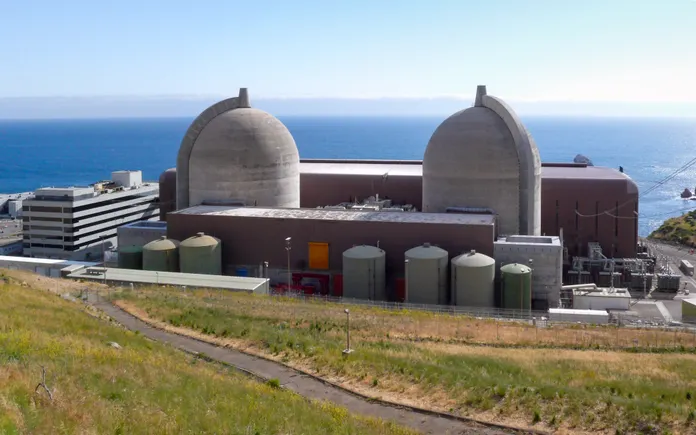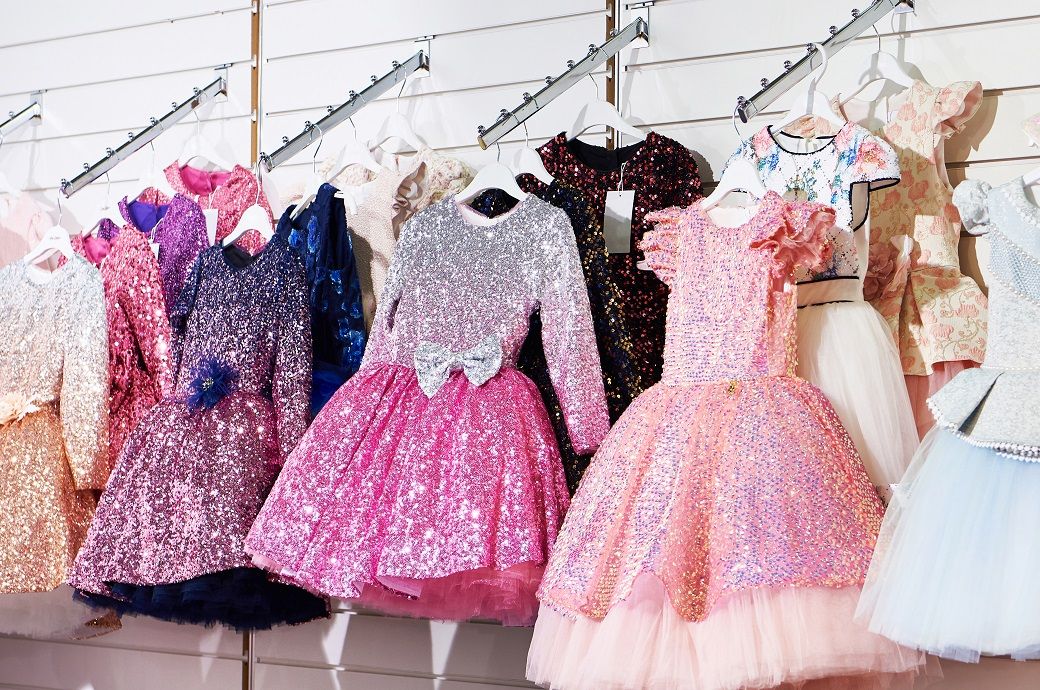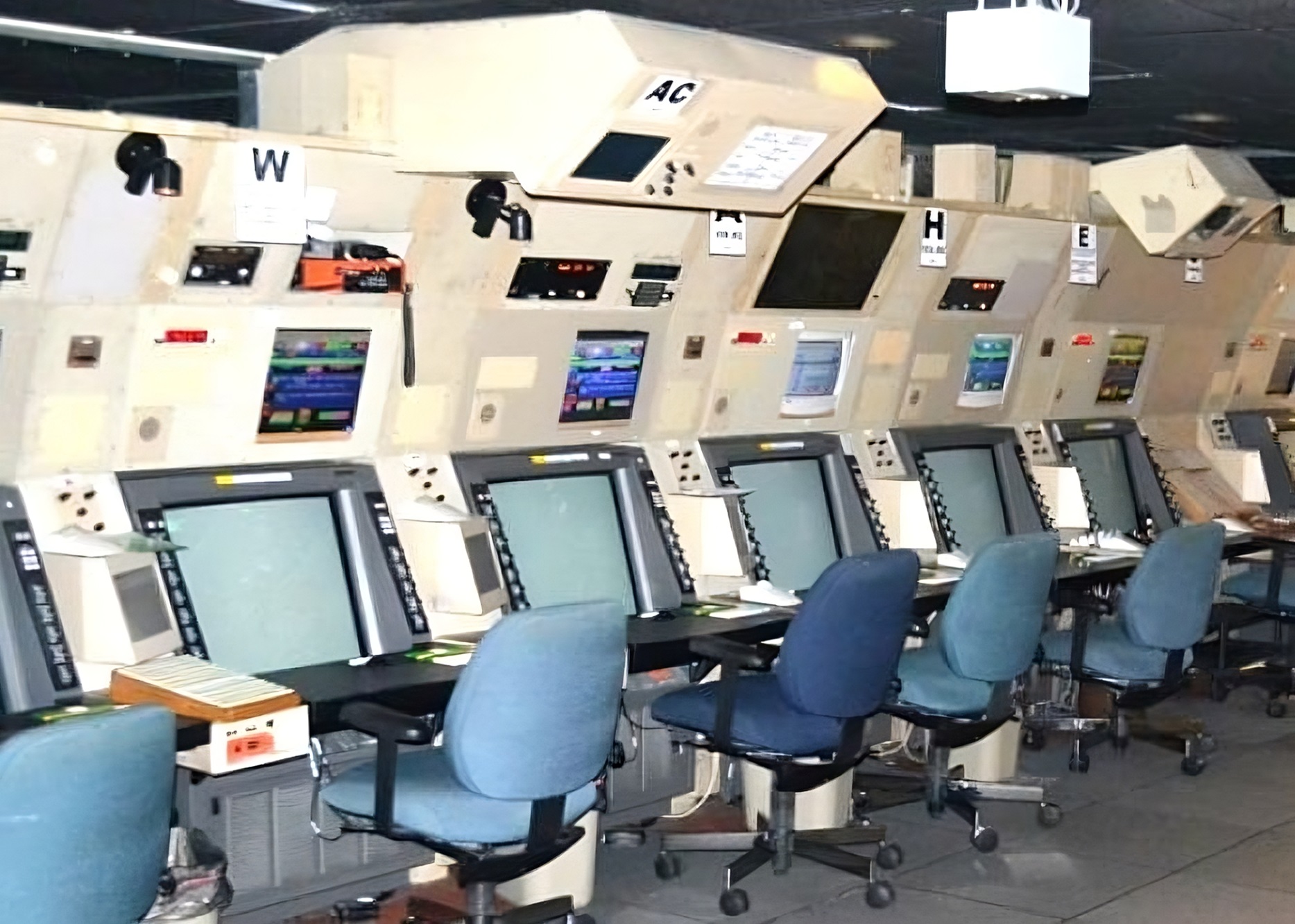Sake producers are lobbying for price equity between rice varieties as farmers switch to growing rice more suitable to cooking than brewing, leaving drinks makers without key ingredient.
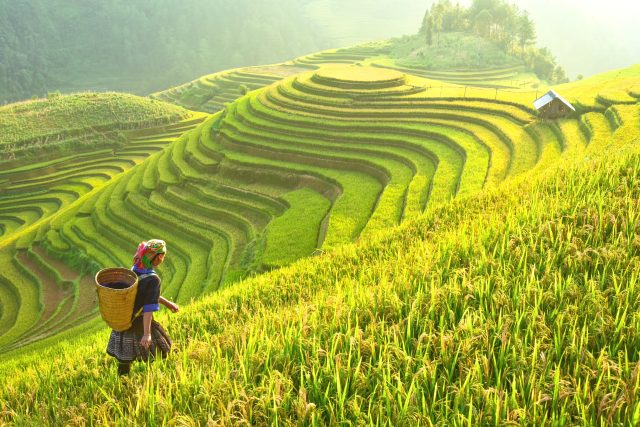
Despite the art of sake-making being added to the UNESCO Intangible Cultural Heritage list last year, the rice wine could become increasingly rare due to farmers fetching higher prices for growing different kinds of rice.
According to Japanese newspaper
The Asahi Shimbun, farmers are shifting their focus towards growing rice varieties used for cooking because in 2025 the price for this type of rice "has shot up, far surpassing the varieties used to make rice wine".
As a result, growers are allocating more space to grow the staple food crop, creating a scarcity of the rice varieties traditionally used in sake production.
"Our hope is that brewing-variety rice will be purchased at the same price as 'uruchimai' (for consumption) rice, so farmers will be able to continue growing sake rice as they have in the past," said an official spokesperson from the sake rice promotion association in Hyogo, a key farming area for Yamada Nishiki rice used to make premium sake.
Record prices
As reported by
The Asahi Shimbun, between 2013 and 2023 the price of sake rice never exceeded the price of cooking rice. However, following a shortage of the latter, prices for consumption rice shot up to a record high of ¥24,006 per 60kg bag in January 2025. It climbed again in February 2025, this time to ¥24,523. These are much higher sums than the ¥23,655 average offered for the same quantity of Yamada Nishiki rice, the most expensive sake rice variety used to make the country's most premium expressions. Lower-quality sake rice varieties fetch even less.
"We're concerned about whether we can even procure the necessary amount of ingredients, given the reduction in paddies growing sake rice," sake brewer Kizakura Co. told the publication.
Fellow sake maker, Gekkeikan, added: "All we can do is patiently ask farmers to keep on growing sake rice as before."
In the face of the challenge, prominent sake-making region Yamagata Prefecture has vowed to make "thorough efforts to support the cultivation of sake rice as well as the brewing of fine sake."
Growing global demand
The rumours of an impending sake shortage comes at a nightmarish tine for producers as demand from global consumers is currently soaring.
In 2024, the
export value of sake hit ¥43.5 billion, amounting to 3.45 million cases (9 litres in size), with producers exporting to 80 countries around the world. The rapidly increasing popularity of the drink is partially down to a greater willingness among sommeliers to include sake on the wine lists of fine dining establishments, but also speaks to a recent burst of innovation in this ancient drinks category.
The US-based Origami Sake, for example, launched an
alcohol-free sake in December 2024, made using yeast which does not produce alcohol. Co-founder Ben Bell told
db at the time: “With Zero, we’re offering a product that brings the artistry of sake to everyone.” Meanwhile, a Japanese brewer announced plans to produce a single bottle of
sake fermented on the International Space Station (ISS) for the eye-watering sum of ¥100 million (£513,000) per 100ml bottle.
A host of A-List celebrities have also become sake ambassadors in the last couple of years with Cate Blanchett becoming creative director of Toku Sake, and Brooklyn Beckham co-founding
WeSake. Additionally, Pernod Ricard-owned Chivas Brothers caused a stir when it
created a brand new spirit last October, blending Scotch whisky with Japanese sake for cross-category interest.
The continued upward trajectory of sake in international markets is dependent on a resolution being found for the sake rice price war, as farmers are unlikely to keep cultivating =the important ingredient if they can make a better living growing alternative crops.
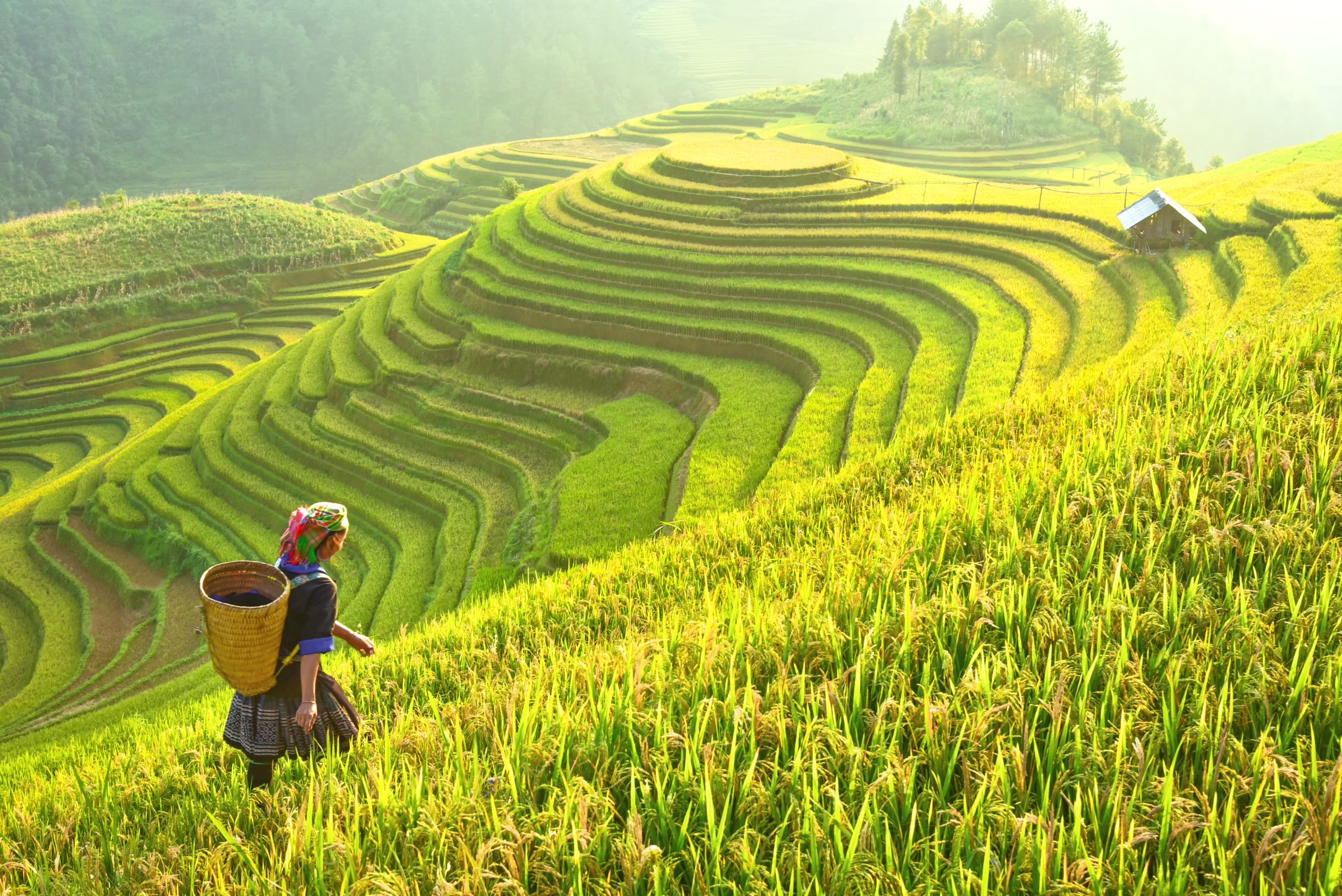
 Despite the art of sake-making being added to the UNESCO Intangible Cultural Heritage list last year, the rice wine could become increasingly rare due to farmers fetching higher prices for growing different kinds of rice.
According to Japanese newspaper The Asahi Shimbun, farmers are shifting their focus towards growing rice varieties used for cooking because in 2025 the price for this type of rice "has shot up, far surpassing the varieties used to make rice wine".
As a result, growers are allocating more space to grow the staple food crop, creating a scarcity of the rice varieties traditionally used in sake production.
"Our hope is that brewing-variety rice will be purchased at the same price as 'uruchimai' (for consumption) rice, so farmers will be able to continue growing sake rice as they have in the past," said an official spokesperson from the sake rice promotion association in Hyogo, a key farming area for Yamada Nishiki rice used to make premium sake.
Despite the art of sake-making being added to the UNESCO Intangible Cultural Heritage list last year, the rice wine could become increasingly rare due to farmers fetching higher prices for growing different kinds of rice.
According to Japanese newspaper The Asahi Shimbun, farmers are shifting their focus towards growing rice varieties used for cooking because in 2025 the price for this type of rice "has shot up, far surpassing the varieties used to make rice wine".
As a result, growers are allocating more space to grow the staple food crop, creating a scarcity of the rice varieties traditionally used in sake production.
"Our hope is that brewing-variety rice will be purchased at the same price as 'uruchimai' (for consumption) rice, so farmers will be able to continue growing sake rice as they have in the past," said an official spokesperson from the sake rice promotion association in Hyogo, a key farming area for Yamada Nishiki rice used to make premium sake.










